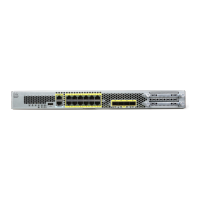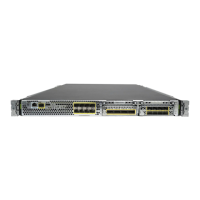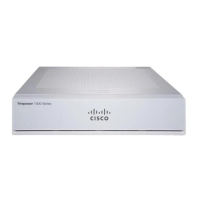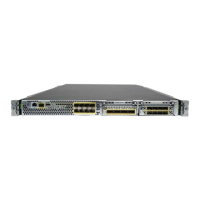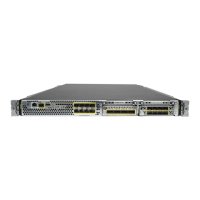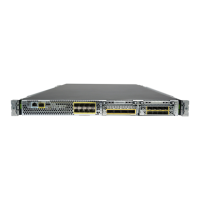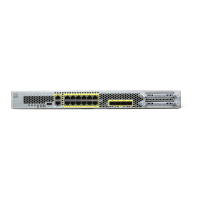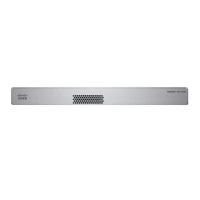B-16
Cisco Security Appliance Command Line Configuration Guide
OL-10088-01
Appendix B Sample Configurations
Example 5: WebVPN Configuration
Example 4: Customer C Context Configuration
interface gigabitethernet 0/0.153
nameif outside
security-level 0
no shutdown
interface gigabitethernet 0/1.7
nameif inside
security-level 100
no shutdown
passwd fl0wer
enable password treeh0u$e
ip address 10.1.4.1 255.255.255.0
route outside 0 0 10.1.4.2 1
access-list OSPF remark -Allows OSPF
access-list OSPF extended permit 89 any any
access-group OSPF in interface outside
Example 5: WebVPN Configuration
This configuration shows the commands needed to create WebVPN connections to the security
appliance.
WebVPN lets users establish a secure, remote-access VPN tunnel to the security appliance using a web
browser. There is no need for either a software or hardware client. WebVPN provides easy access to a
broad range of web resources and web-enabled applications from almost any computer that can reach
HTTP(S) Internet sites. WebVPN uses Secure Socket Layer Protocol and its successor, Transport Layer
Security (SSL/TLS1) to provide a secure connection between remote users and specific, supported
internal resources that you configure at a central site. The security appliance recognizes connections that
need to be proxied, and the HTTP server interacts with the authentication subsystem to authenticate
users.
Step 1 Configure the security appliance for WebVPN.
webvpn
! WebVPN sessions are allowed on the outside and dmz1 interfaces, ASDM is not allowed.
enable outside
enable dmz161
title-color green
secondary-color 200,160,0
text-color black
default-idle-timeout 3600
! The NetBios Name server used for CIFS resolution.
nbns-server 172.31.122.10 master timeout 2 retry 2
accounting-server-group RadiusACS1
! WebVPN sessions are authenticated to a RADIUS aaa server.
authentication-server-group RadiusACS2
Step 2 You must enable WebVPN access lists to be enforced on a group-policy or user policy. The access lists
are defined with the filter value and functions commands in the group or user configuration.
access-list maia2 remark -deny access to url and send a syslog every 300 seconds
access-list maia2 remark -containing the hit-count (how many times the url was accessed)
access-list maia2 webtype deny url https://sales.example.com log informational interval
300
access-list maia2 remark -Permits access to the URL.
access-list maia2 webtype permit url http://employee-connection.example.com

